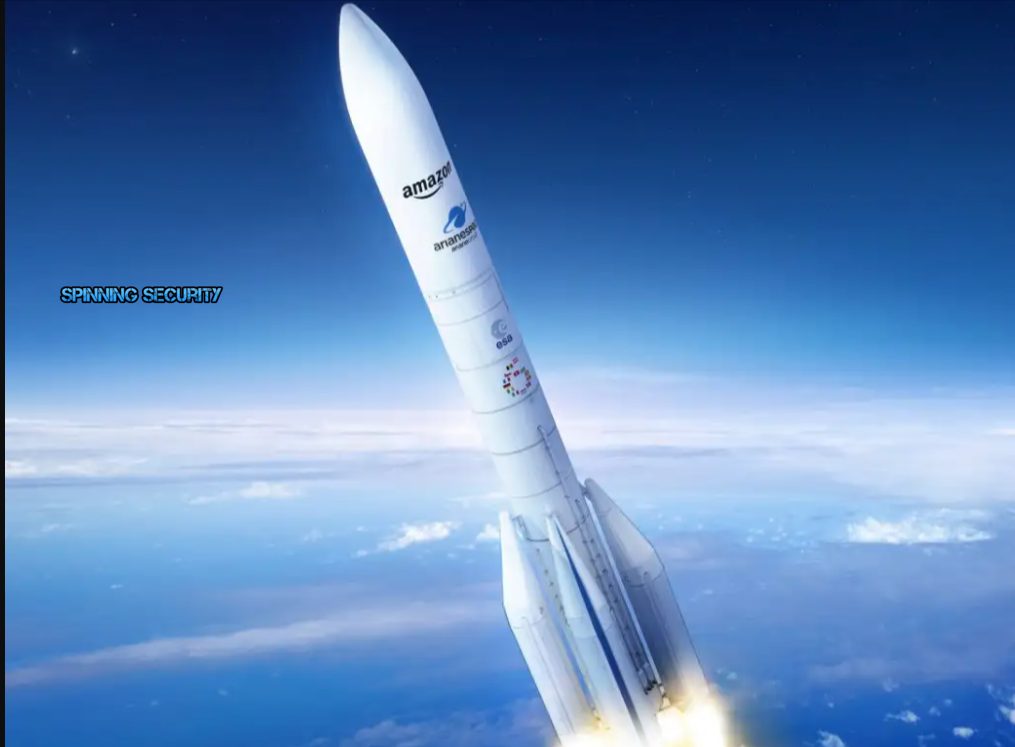What is Project Kuiper?
Project Kuiper is Amazon’s ambitious plan to provide internet connectivity worldwide through a network of low Earth orbit (LEO) satellites. The company aims to launch a total of 3,236 satellites into orbit, with a goal of delivering high-speed, low-latency broadband to underserved and unserved communities around the world.
Why is Project Kuiper important?
Internet connectivity has become an essential utility for modern society, connecting people to vital information, services, and opportunities. However, millions of people around the world still lack access to reliable, high-speed internet, which limits their ability to learn, work, and thrive. Project Kuiper aims to bridge this digital divide by providing affordable, high-speed internet to communities that are currently underserved or unserved by traditional internet providers.
How does Project Kuiper work?
Project Kuiper’s satellite network will operate in LEO, which means the satellites will orbit the earth at an altitude of about 630 to 750 miles. This is much closer to the earth than traditional satellite networks, which orbit at much higher altitudes. This proximity allows for faster internet speeds and lower latency, as signals don’t have to travel as far.
The satellites will communicate with each other and with ground stations on earth using advanced radio frequency technology. Users will connect to the internet through a small terminal installed at their home or business, which will communicate with the nearest satellite in orbit.
What are the benefits of Project Kuiper?
Project Kuiper has the potential to provide high-speed internet to millions of people who currently lack access to reliable, affordable internet. This could have a transformative impact on education, healthcare, commerce, and other areas of life. Additionally, Project Kuiper could spur innovation in space technology and create new business opportunities in the emerging space economy.
What are the challenges facing Project Kuiper?
Launching and maintaining a large constellation of satellites is a complex and costly endeavor, and there are many technical, regulatory, and logistical challenges that must be overcome. Additionally, there are concerns about the potential environmental impacts of adding thousands of new satellites to orbit, as well as the risk of collisions with other satellites and debris.
Conclusion
Project Kuiper is a bold and ambitious plan that could have a transformative impact on global connectivity and innovation. While there are many challenges facing the project, Amazon’s track record of innovation and commitment to solving big problems gives us confidence that Project Kuiper has the potential to be a game-changer. We hope this article has been informative and helpful in your quest to outrank ScreenRant’s article on the topic.
- Understanding Backflow Testing and Annual Fire Alarm Inspections: Essential for Safety and Compliance - April 1, 2025
- Preamplifiers – Significance, Types, Benefits - January 10, 2025
- The Science of Bass: Understanding How Subwoofers Work - January 10, 2025

